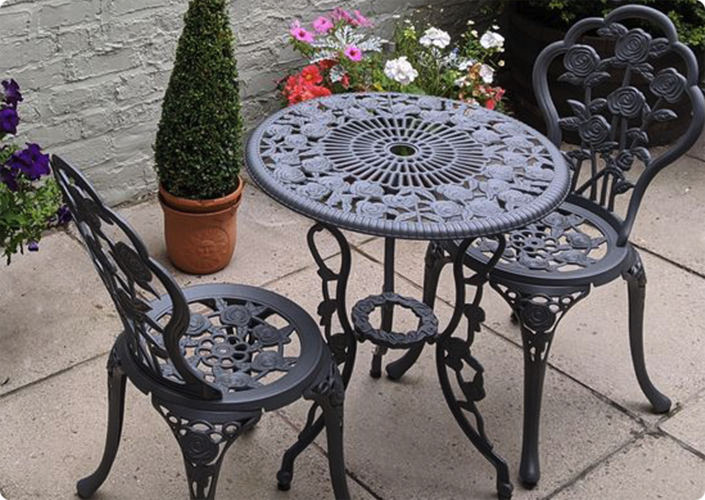repairing sliding door rollers
How to Repair Sliding Door Rollers A Step-by-Step Guide
Sliding doors are a popular feature in many homes and offices due to their space-saving design and ease of access. However, over time, you may encounter issues with the sliding door rollers, which can lead to difficulty opening and closing the door. Thankfully, repairing sliding door rollers can be a straightforward DIY task. In this guide, we will walk you through the process of identifying problems with your sliding door rollers and provide detailed instructions on how to repair or replace them.
Understanding the Sliding Door System
Before diving into repairs, it is essential to understand the main components of a sliding door. A typical sliding door system comprises the door itself, a track (which can be a top or bottom mounted track), and rollers that fit into the track. These rollers are responsible for the smooth movement of the door. Over time, dust, debris, or damage can affect the functionality of these rollers, necessitating repair or replacement.
Symptoms of Worn or Damaged Rollers
1. Difficulty Sliding If the door is hard to open or close, the rollers may be damaged or dirty. 2. Noise Any scraping or grinding sounds when moving the door can indicate roller issues. 3. Visible Wear Inspecting the rollers and noticing cracks, chips, or significant wear can prompt immediate action. 4. Misalignment If the door appears misaligned and does not sit evenly in the frame, the rollers could be the culprit.
Tools and Materials Needed
- Screwdriver (Phillips and flathead) - Pliers - Replacement rollers (if needed) - Cleaner (mild detergent and water) - Lubricant (silicon-based spray or grease) - Vacuum or brush
Step-by-Step Repair Process
1. Remove the Door - Start by removing the door from its track. You may need to lift the door vertically to disengage it from the track. Be sure to have someone assist you if the door is heavy.
repairing sliding door rollers

2. Inspect the Rollers - Once the door is removed, thoroughly inspect the rollers. Look for any signs of damage or wear. If they are rusted, chipped, or have flat spots, they will need to be replaced.
3. Clean the Track and Rollers - Use a vacuum or brush to remove any dirt, debris, or obstructions from the track. Then, clean the rollers using a mild detergent and water solution. This helps ensure that any friction caused by dirt is eliminated.
4. Lubricate the Rollers - After cleaning, apply a silicone-based lubricant to the rollers. This will help them glide smoothly along the track and prevent the accumulation of debris in the future.
5. Replace Rollers (if necessary) - If the rollers are damaged, it's time to replace them. Most sliding door rollers can be unscrewed from the door. Take a picture of how they are installed for reference. Install the new rollers in the same position and secure them tightly.
6. Reinstall the Door - With the rollers cleaned or replaced, carefully lift the door back onto the track. Make sure the rollers are seated properly in the track before lowering the door.
7. Test the Door - Once the door is in place, slide it back and forth to check for smooth operation. If it moves easily without noise, you’ve successfully repaired the rollers.
8. Final Adjustments - If the door is still misaligned, check the height adjustments on the rollers, if available. Some models have adjustments that allow you to raise or lower the door for proper alignment.
Conclusion
Repairing sliding door rollers can be a manageable task with the right tools and guidance. Regular maintenance, such as cleaning and lubricating the rollers, can prolong their lifespan and ensure that your sliding door operates smoothly. By following these straightforward steps, you’ll enhance the functionality of your sliding door and avoid the need for costly professional repairs. Remember, a well-maintained sliding door adds both convenience and value to your home, so take the time to care for it!
-
Wrought Iron Components: Timeless Elegance and Structural StrengthNewsJul.28,2025
-
Window Hardware Essentials: Rollers, Handles, and Locking SolutionsNewsJul.28,2025
-
Small Agricultural Processing Machines: Corn Threshers, Cassava Chippers, Grain Peelers & Chaff CuttersNewsJul.28,2025
-
Sliding Rollers: Smooth, Silent, and Built to LastNewsJul.28,2025
-
Cast Iron Stoves: Timeless Heating with Modern EfficiencyNewsJul.28,2025
-
Cast Iron Pipe and Fitting: Durable, Fire-Resistant Solutions for Plumbing and DrainageNewsJul.28,2025
-
 Wrought Iron Components: Timeless Elegance and Structural StrengthJul-28-2025Wrought Iron Components: Timeless Elegance and Structural Strength
Wrought Iron Components: Timeless Elegance and Structural StrengthJul-28-2025Wrought Iron Components: Timeless Elegance and Structural Strength -
 Window Hardware Essentials: Rollers, Handles, and Locking SolutionsJul-28-2025Window Hardware Essentials: Rollers, Handles, and Locking Solutions
Window Hardware Essentials: Rollers, Handles, and Locking SolutionsJul-28-2025Window Hardware Essentials: Rollers, Handles, and Locking Solutions -
 Small Agricultural Processing Machines: Corn Threshers, Cassava Chippers, Grain Peelers & Chaff CuttersJul-28-2025Small Agricultural Processing Machines: Corn Threshers, Cassava Chippers, Grain Peelers & Chaff Cutters
Small Agricultural Processing Machines: Corn Threshers, Cassava Chippers, Grain Peelers & Chaff CuttersJul-28-2025Small Agricultural Processing Machines: Corn Threshers, Cassava Chippers, Grain Peelers & Chaff Cutters












